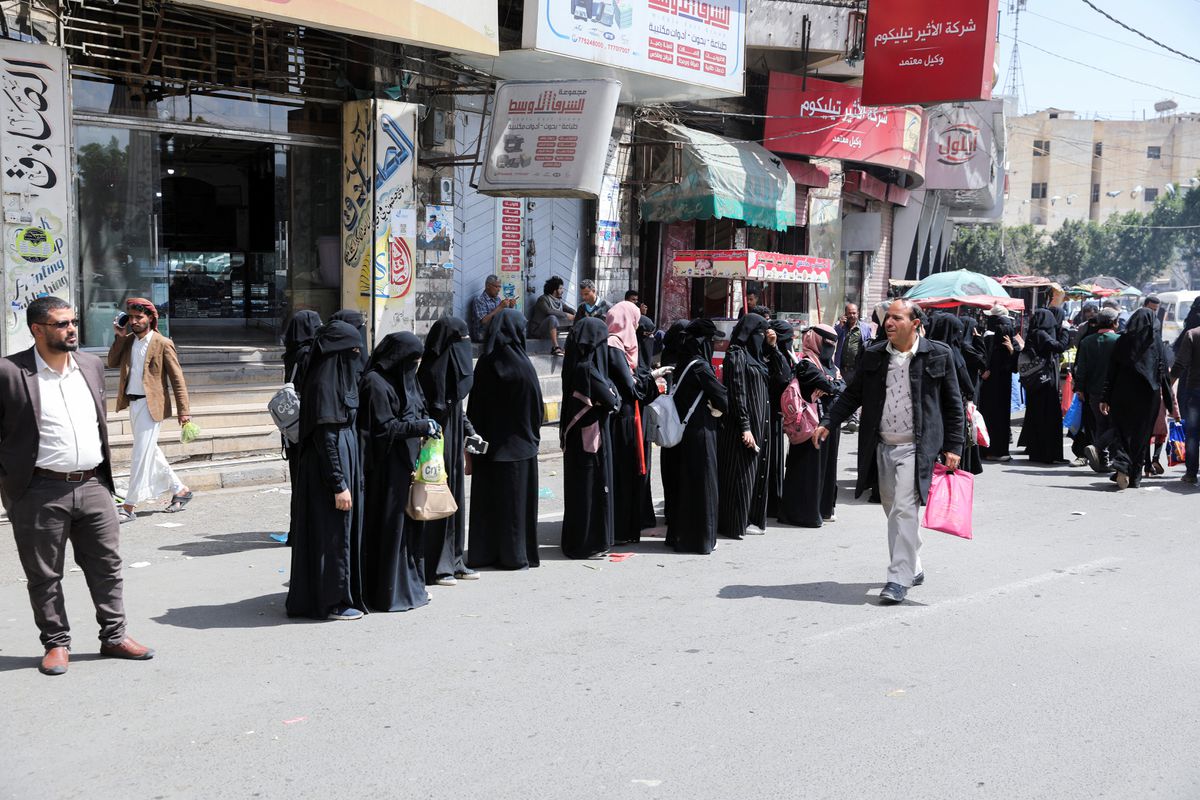
Acute fuel shortages in Sanaa and other Houthi-held areas in Yemen are driving up demand for public transportation, with residents queuing for days to fill their cars’ tanks. Yemenis are sitting on the roofs of taxi vans and hanging out on the sides of the vehicles to travel.
University students in the war-torn Arabian Peninsula country, say that the fuel shortage is further disturbing their education.
‘When it comes to lectures, we are always late. We miss half of the class and the professor marks us absent, al-Amari, a university student stated. ‘We can’t even find (taxis), and the ones we do get are packed.’
Markets and health clinics are also difficult to reach. Twenty litres of gasoline costs 9,500 rials ($16) at gas stations and more than four times that on the black market.
This is something that only a few individuals can afford. Around 80 percent of Yemen’s population requires aid as a result of the seven-year war’s economic collapse and a Saudi-led coalition’s naval and air embargo of Houthi-held territories.
‘The fuel crisis affects everyone, from the common man to the wealthy. Officials and dignitaries are not excluded,’ Fawaz al-Sayaghi, a public servant, told the media.
The coalition that intervened in Yemen in early 2015 after the Iran-aligned Houthis overthrew the government in Sanaa controls air and maritime access to Yemen.
The coalition claims that the measures are necessary to prevent arms smuggling and accuses the Houthis of utilizing ports for military objectives, which the Houthis deny.

Post Your Comments